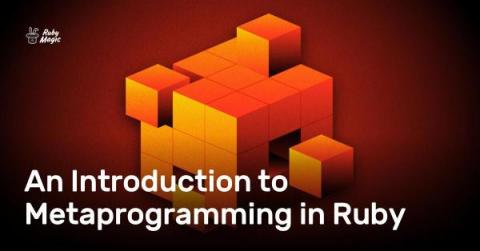Handle Incoming Webhooks with LiteJob for Ruby on Rails
In parts one and two of this series, we only dealt with the pure CRUD aspects of using SQLite as a production database. In this post, we will explore the world of queue mechanisms, using SQLite as the pub/sub adapter for ActiveJob. Let's make use of LiteJob to handle incoming webhooks in our Rails application.










